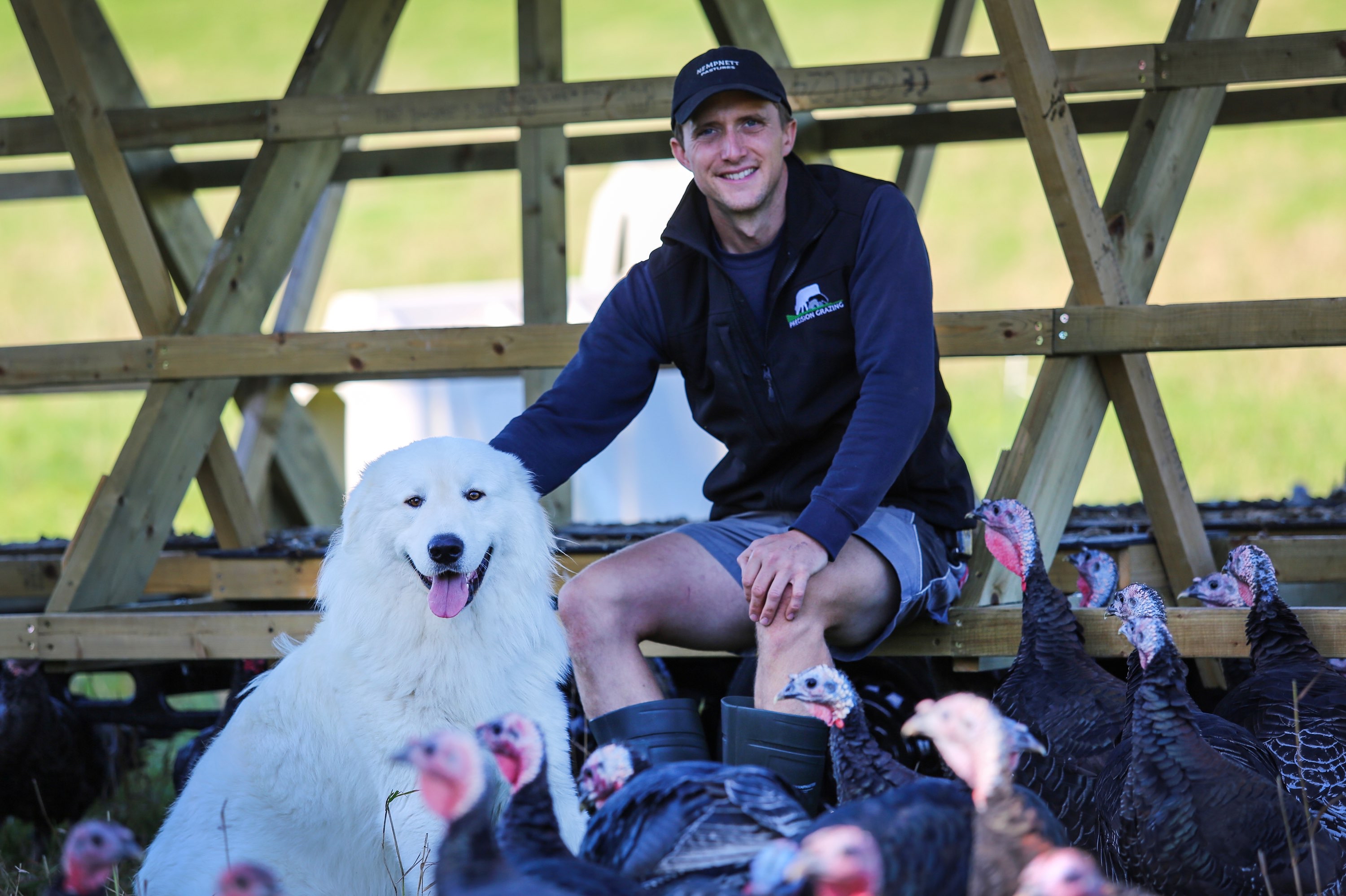How to cook a 100% Grass-fed steak at home
- George Ford
- Feb 7
- 3 min read
Craving a restaurant-quality steak but don't want to break the bank? Cooking a delicious, 100% grass-fed steak at home is surprisingly easy and much more affordable. Forget expensive steakhouses – with a few simple steps, you can create a mouthwatering meal that rivals the best restaurants. Grass-fed beef offers a richer flavour and some nutritional advantages too, like healthy omega-3s. It's a fantastic way to enjoy a premium cut of meat in the comfort of your own home. These instructions will walk you through the process, making it simple to achieve steak perfection in your own kitchen.
1. Defrosting:
The best method (slow and steady): Transfer the frozen steak to the refrigerator 24-48 hours before you plan to cook it. This slow thaw preserves the steak's texture and minimises moisture loss.
Quicker method (if you're short on time): Place the sealed steak in a bowl of cold water. Change the water every 30 minutes. This should take 1-2 hours depending on thickness. Never defrost at room temperature or in the microwave, as this can lead to uneven thawing and bacterial growth.
2. Dry Brining (Essential for Grass-Fed):
Grass-fed beef tends to be leaner than grain-fed, so dry brining helps retain moisture and enhance flavour.
Salt: Use kosher salt or sea salt (larger crystals are better). Avoid iodised table salt.
Technique: Sprinkle salt evenly over all surfaces of the steak. Use about 1 tablespoon of salt flakes per kg of steak (but the exact quantities are a personal preference, use less if you don't like salt). Don't be afraid of the salt – it will draw out moisture initially, but then reabsorb, seasoning the meat from the inside out.
Rest: Place the steak uncovered on a wire rack in the refrigerator for at least 2 hours, or up to 24 hours. The longer it rests, the more tender and flavourful it will become.
3. Preparing the Steak for Cooking:
Pat Dry: Before cooking, pat the steak thoroughly dry with paper towels. This is crucial for getting a good sear. Excess moisture will steam the steak instead of browning it.
Temperature: Allow the steak to come to room temperature for about 30-45 minutes before cooking. This helps it cook more evenly. A cold steak will cook unevenly, resulting in a well-done exterior and a rare interior, however if this is how you like your steak then go for it, cook it from cold. (If it's a thin minute steak you can cook these from frozen!)
Oiling: Lightly oil the steak with a high-heat oil like avocado oil, olive oil, grape-seed oil or clarified butter. Don't over-oil, as this can cause smoking.
4. Cooking the Steak:
Heat: Heat a heavy-bottomed skillet (cast iron is ideal) over high heat until it's smoking hot. A hot pan is essential for developing a good crust.
Searing: Place the steak in the hot pan and sear for 2-3 minutes per side for a rare steak, 3-4 minutes per side for medium-rare, 4-5 minutes per side for medium, and so on. Use a meat thermometer to check the internal temperature.
Temperature Guide (Grass-Fed):
Rare: 46-52°C
Medium-Rare: 52-58°C
Medium: 58-64°C
Medium-Well: 64-70°C
Well-Done: 70°C+ (Not recommended for grass-fed steaks, as it will be very dry)
Finishing (Optional): For thicker steaks, you can finish them in a preheated oven at 350°F (175°C) for a few minutes after searing. This helps ensure even cooking.
Basting (Optional): During the last minute of cooking, you can add a knob of butter, some herbs (like thyme or rosemary), and garlic to the pan and baste the steak with the melted butter. This adds extra flavour.
5. Resting:
Crucial Step: Once the steak is cooked, remove it from the pan and let it rest on a cutting board for at least 5-10 minutes (or even longer for thicker cuts). This allows the juices to redistribute throughout the meat, resulting in a more tender and flavourful steak. Do not skip this step! Please note the steak will carry on cooking even while resting so make sure you get it out at the lower end of the temperature range.
6. Slicing and Serving:
Against the Grain: Slice the steak against the grain for maximum tenderness.
Serve: Enjoy your perfectly cooked grass-fed steak!
Tips for 100% Grass-Fed steaks:
Don't Overcook: Grass-fed beef cooks faster than grain-fed, so be careful not to overcook it. Use a meat thermometer to ensure accuracy.
Lower Temperature: Grass-fed is often best served rare to medium-rare.
Rest is Key: Resting is even more important for grass-fed beef to retain moisture.
Enjoy!







Komentáře